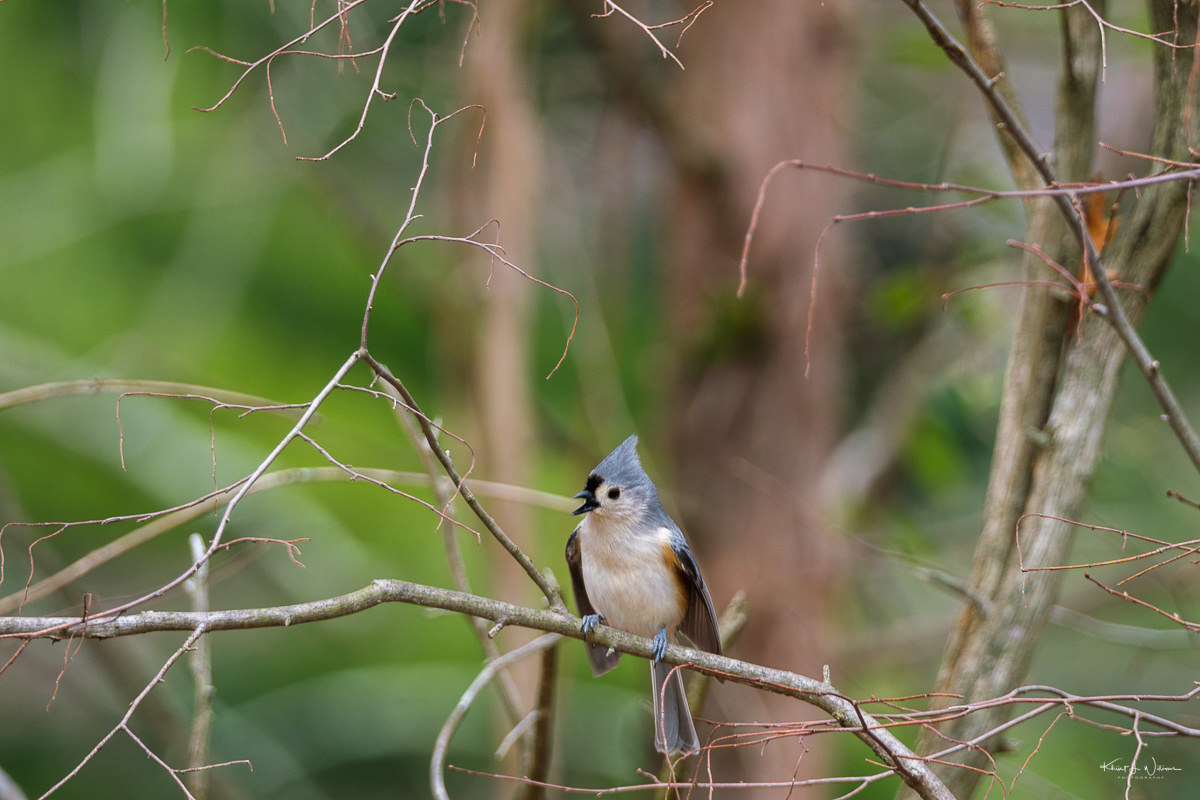The first time I exposed a roll of Kodak Tri-X pan 400 (TX400) was during The January Term (J-Term) at Drew University. J-Term was a four-week academic term during which students took intensive courses on various subjects, often focusing on experiential learning. In 1988, Drew University offered a J-Term photography course covering black and white photography, documentary photography, or photojournalism. The coursework included classroom lectures, discussions, hands-on photography exercises, and field trips to locations in the surrounding area for photography assignments.
In the 1980s, photography was synonymous with "film photography", and the most popular format was 35mm. I bought myself a Pentax P3 with an SMC Pentax-A 50mm f/1.8 lens somewhere in New York City. Or maybe Flushing, Queens. It was long ago, and I don't remember those details. Along with Ilford HP5, the Kodak Tri-X Pan 400 was one of the first 35mm film stocks I used. That was mainly because it was inexpensive compared to 35mm colour film and cheaper to develop in the on-campus lab.
I was excited when I found an expired cartridge of Kodak Tri-X pan in the box my friend sent me. The packaging was damaged, but a sticker on the side showed the expiration date, March 1980. The film in my hand was over 40 years old!
When film expires, it can lose sensitivity to light, resulting in lower contrast and less detail in the shadows and highlights. The wisdom of the Interweb suggested that I should overexpose this expired film by one stop for each decade after the expiration date. I carefully loaded the roll into my Minolta XD-11 and set the ASA to 50.
The unpredictability of expired 35mm film means that not all images turn out as expected. Would the expired roll still produce images when exposed?
Wow! These are bad. I do not know what those streaky patterns are. I've not seen anything like this with any of the rolls of expired 35mm film I have exposed over the last 18 months. That's $6 down the toilet.



| Name | Kodak Tri-X Pan |
|---|---|
| Price | FREE |
| Type | C41 |
| Native ISO | 400 |
| Exposed ISO | 50 |
| Format | 35mm |
| Features | Fine grain. Natural colour reproduction. High contrast. |
| Lab | Boutique Film Lab |
| Scanner | Epson Perfection V600 |
| Software | VueScan 9 |




